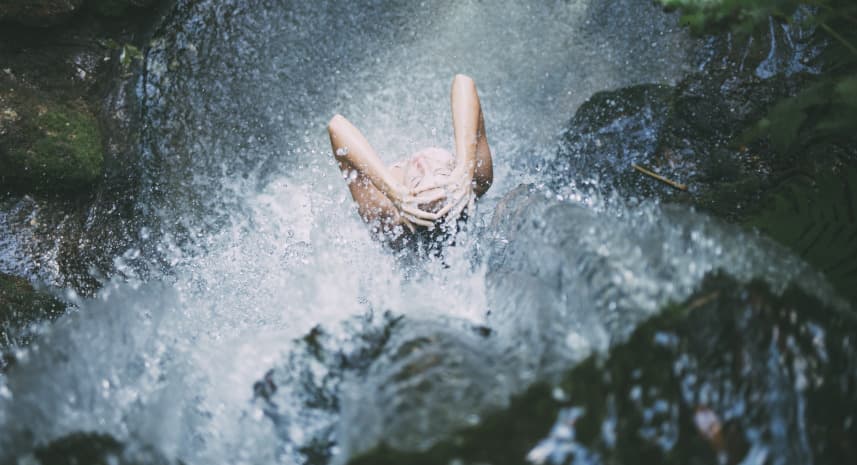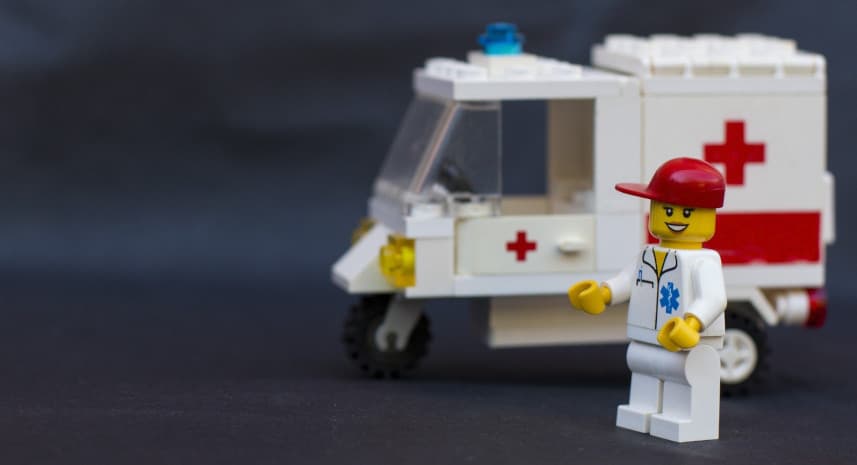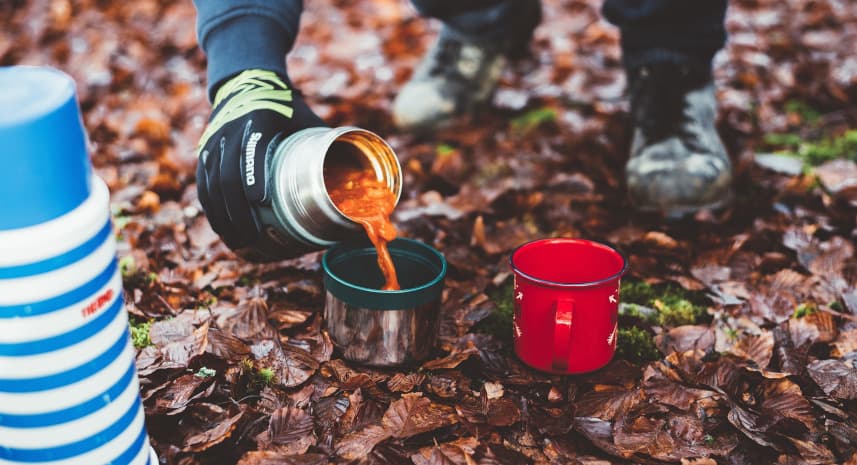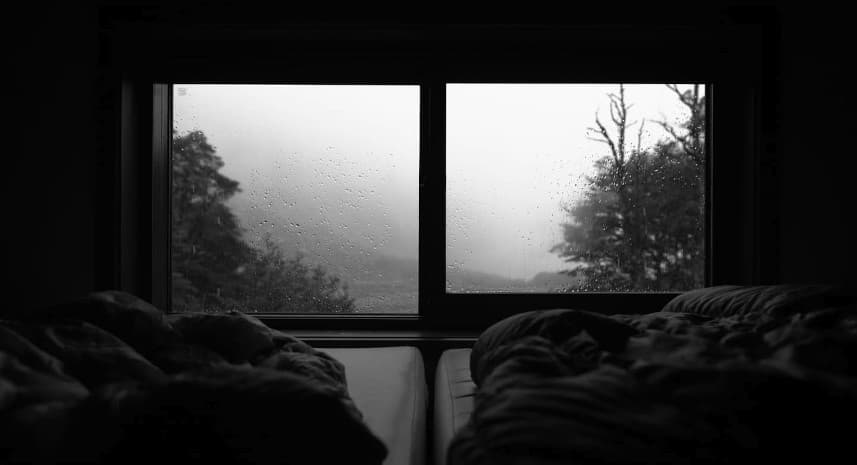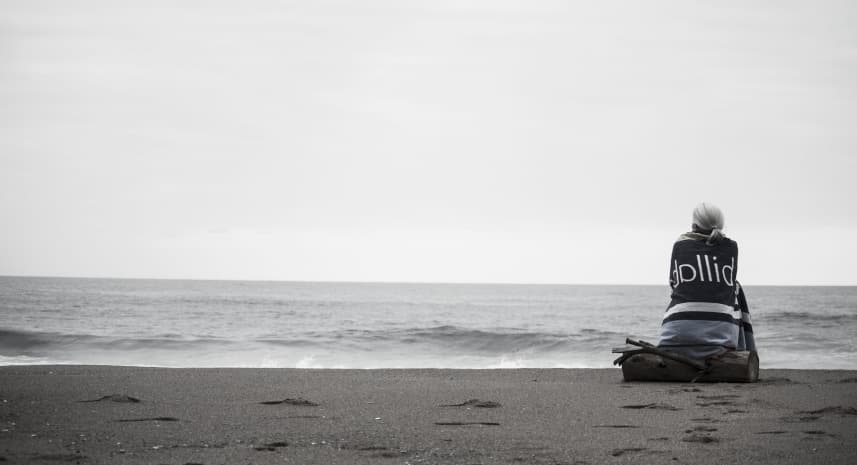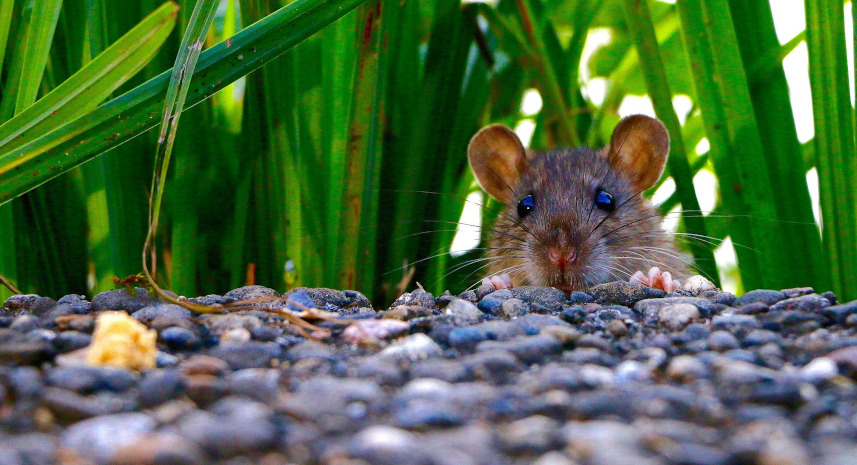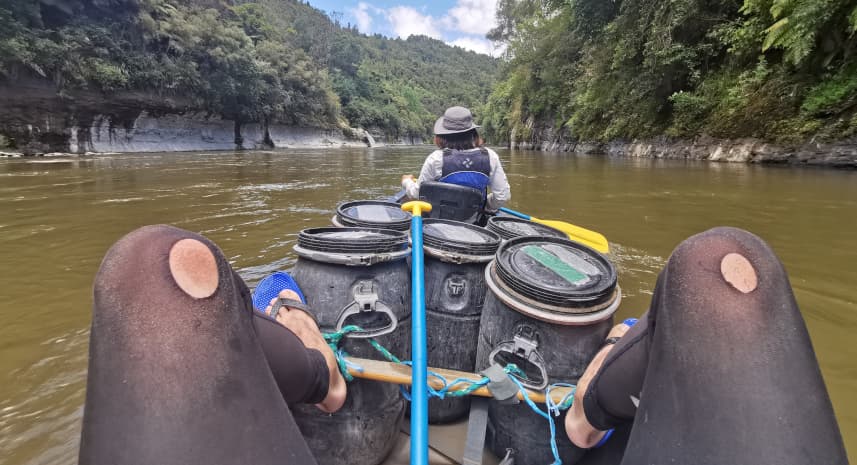Ultralight sleeping pads for hiking
The difference between shivering and sleeping at night.

A sleeping pad provides protection from cold ground. It also massively increases comfort. The “R-Value” indicates how high the degree of insulation is. The higher the R-Value the better the insulation. For snow, an R-Value of 5+ makes sense. In warmer weather, 2+ is perfectly adequate.
The so-called self-inflatable sleeping pads should be ignored. Inside is a spreading foam, which creates the effect. This brings a lot of additional grams with it. Basically, the sleeping pad just partially inflates itself and it still needs to fill up with air fully.
When choosing an ultralight sleeping pad, one inevitably comes across Therm-a-Rest. In particular, the NeoAir collection which are probably unbeatable in the warmth / comfort / weight ratio.
The X-Lite might be the most widely used sleeping pad among Ultralight hikers. Unfortunately, the Small and Regular version is relatively narrow cut so for bigger people the arms might fall down on the side. The Large, however, is ideal with a width of 63 cm. However, with a length of 196 cm very long. A much desired mix of a hip-length mat like the Small version with the width of the Large version has unfortunately not delivered Therm-A-Rest so far. However, the mat can be shortened relatively easily and resealed. At your own risk.
Overview of common isomats
| Name | Length (cm) | Width (cm) | Thickness (cm) | R-Value | Weight (gram) |
|---|---|---|---|---|---|
| Therm-a-Rest NeoAir Uberlite Regular | 183 | 51 | 6.4 | 2 | 250 |
| Therm-a-Rest NeoAir Xlite Regular | 183 | 51 | 6.4 | 3.2 | 340 |
| Therm-A-Rest Z Lite Sol | 183 | 51 | 2 | 2.6 | 410 |
| Therm-a-Rest NeoAir Xtherm Regular | 183 | 51 | 6.4 | 5.7 | 430 |
| Sea to Summit Comfort Plus Insulated | 183 | 55 | 6.3 | 5 | 785 |
| Sea To Summit Comfort Light Insulated | 184 | 55 | 6.3 | 4.2 | 620 |
| Sea To Summit UltraLight | 184 | 55 | 5 | 0.7 | 395 |
Shorten Therm-a-Rest NeoAir Xlite Large sleeping pad to hip length
The following is needed:
- Therm-a-Rest NeoAir Xlite Large
- scissors
- Iron (and ironing board)
Step 1: Determine length
The length must be determined individually. At 184 cm, my mat is now 130 cm long and weighs 319 grams new.
Step 2: Test run
Since the mat is not exactly cheap, it is recommended as a test to add about 20cm to the determined length and cut horizontally through there as a test. The layers in the mat give relatively well the line for cutting. After cutting through, the plastic film as well as the shiny insulation film is revealed.
Important: Only the yellow material (coated nylon) can be welded. The inner plastic film is attached to the nylon in a Z-pattern. Thus, there is always about 4 cm of space between the inner layers. Now as much as possible of the plastic and the insulation foil must be cut out so that it is not in the way during the welding process. I put the nylon backwards (towards the head) like a sock. It may be necessary to cut the mat a few cm further up to be right after a plastic attachment point to cut out as much as possible.
Step 3: Welding
When enough plastic/iso material has been cut away, there should be a few cm of yellow nylon at the opening which can be pressed together.
Now simply weld the end with the smoothing iron. Again, there should be nothing between the nylon to be welded.
Step 4: Final version
If everything has worked out, the whole process can now be repeated with the originally determined length.


